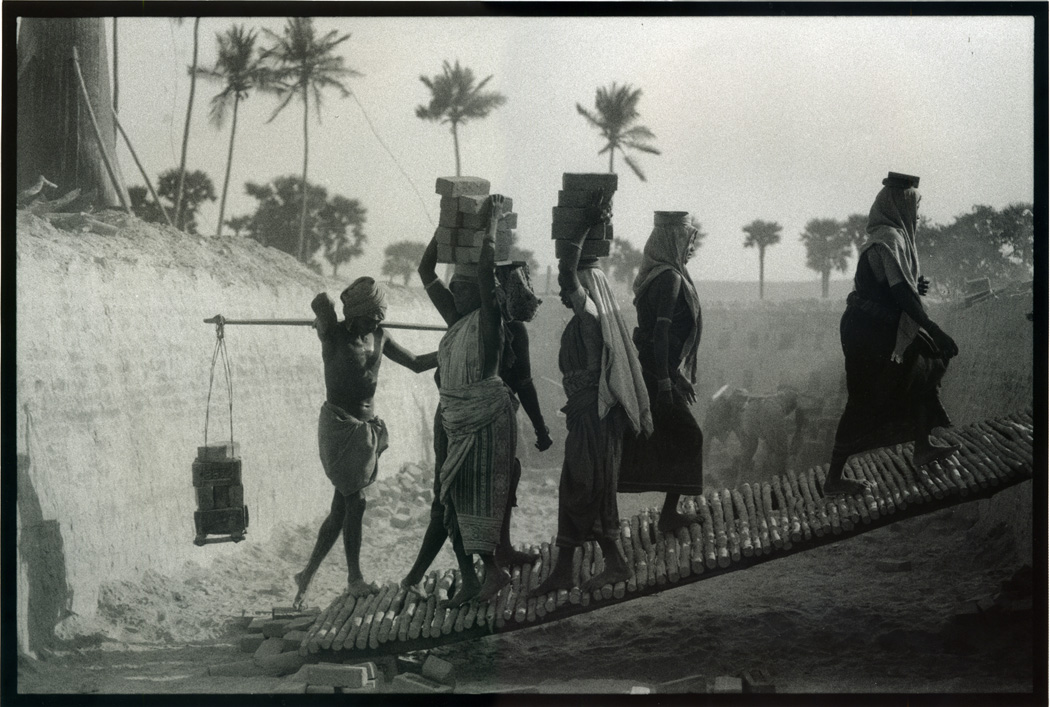Join us in our 65th Anniversary
GET INVOLVED

As a freelance journalist and former rural affairs editor of The Hindu, 2007 Ramon Magsaysay Awardee PALAGUMMI SAINATH took a different path. Believing that "journalism is for people, not for shareholders," Sainath doggedly covered the lives of those who have been left behind.
Born in Chennai (formerly Madras) in 1957, Sainath chose the life of a journalist after finishing a master’s degree in history at the Jawaharlal Nehru University. "I would rather be a journalist in India than anywhere else in the world," he once said in an interview. The rich legacy of Indian journalism explains Sainath’s mindset. After all, Gandhi and other leaders in the struggle for India’s independence had doubled as journalists and contributed to the "liberation of the human being." As Sainath puts it, "The Indian press is a child of the freedom struggle."
As a journalist, Sainath has been choosing beat or regular assignments on India’s millions of rural poor since 1993. Unlike the legions of journalists dazzled by the economic reforms begun in this South Asian giant in the early nineties, Sainath suspected a dark side to the philosophy of "development, Indian style," so he decided to set out to prove it. This meant giving up a comfortable job at Blitz, a widely circulated Mumbai-based weekly where he was then deputy editor and a popular columnist, in exchange for a fellowship with the Times of India.
For the next two years, Sainath traveled the breadth and depth of India’s 10 poorest districts, or what many consider a hardship post, and reported firsthand the hunger and poverty gripping rural India on an unknown scale since its independence in 1947, the consequence of disastrous development policies.

"We're blessed with good young journalists, and there's also a new phenomenon—of people from non-journalistic backgrounds coming into media and bringing a completely different lens."
Sainath wasn’t—and isn’t—one to hold back from saying what he deemed as the sorry state of Indian journalism. "The fundamental characteristic of our media is the growing disconnect between mass media and mass reality," he has repeatedly said.
Development journalism, too, turned out to be a source of disappointment for Sainath, having failed to live up to its much-vaunted promise to put development on the public agenda. The reason: Not only had development journalists failed to see through the government or official mantra, but they had also unquestioningly accepted the lines fed to them by nongovernmental organizations or NGOs, especially those the state and the corporate sector had co-opted. On far too many occasions, journalists have been reduced to mere "stenographers," Sainath noted. He writes in his introduction to Everybody Loves a Good Drought: "Lack of skepticism makes for bad journalism and wearisome copy."
Sainath’s trailblazing reporting on the rural poor would upset India’s prevailing, if not faulty paradigm of journalism, and force journalists to reexamine themselves and their craft. His powerful, poignant narratives on India’s invisible hunger for the Times of India, other publications, and The Hindu, of which he has been the rural affairs editor from 2004-2014, embody his conviction that journalism must focus on the processes and not events of poverty and, just as importantly, about people and their problems. "In covering development, it calls for placing people and their needs at the center of the stories. Not any intermediaries, however saintly. It calls for better coverage of the rural political process. Of political action and class conflict, not politicking," he said. For example, the 68 accounts in Everybody Loves a Good Drought, nearly all told in about 800 words, supply anecdotal evidence that the crisis in India’s agriculture was more the making of bad, even absurd policies, aggravated by endemic corruption, rather than of drought and other natural calamities. The stories range from tragicomic and heartrending to the against-all-odds and uplifting.
Sainath’s Everybody Loves a Good Drought offers stories of hope and courage as well by zeroing in on the survival strategies of the poor. About 4,000 women in Tamil Nadu acquire leases to stone quarries through an anti-poverty program and contribute to their village economy. Thousands of women in the same district learn to cycle, in the process acquiring independence, freedom, and mobility that help them boost family incomes.
"Lack of skepticism makes for bad journalism and wearisome copy."
It is not only through words but also through photographs that Sainath has captured the tales of India’s rural folk, especially the women. "Visible Work, Invisible Women," his 70-piece black-and-white photo exhibition, has been mounted across India and overseas to trumpet the unrecognized contributions of poor women to the economy. He does the photography for his stories. "I could never find a photographer to accompany me to some of the places where I go," he said.
